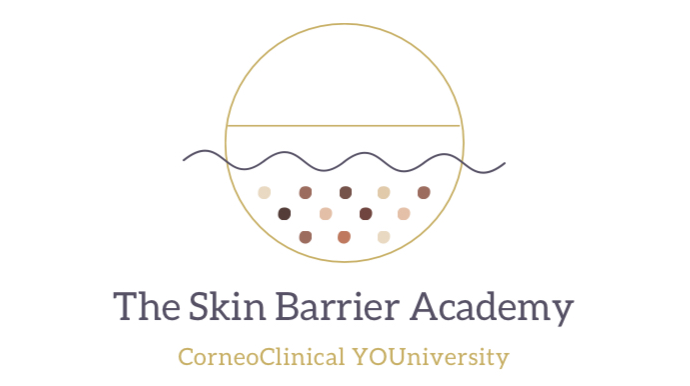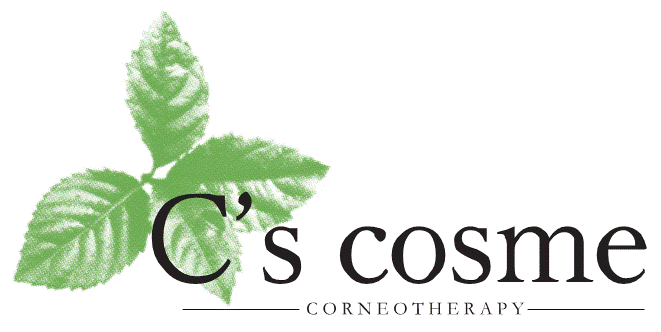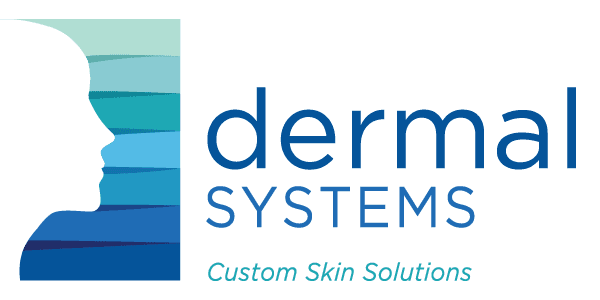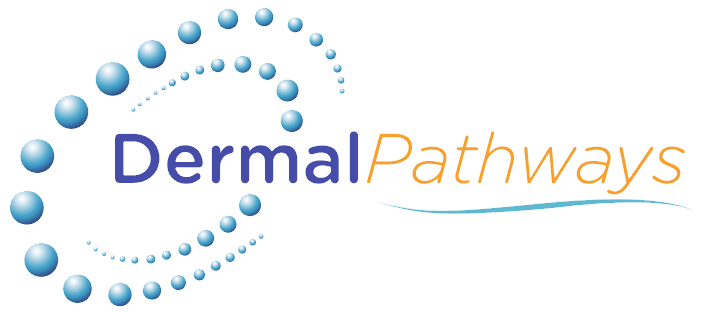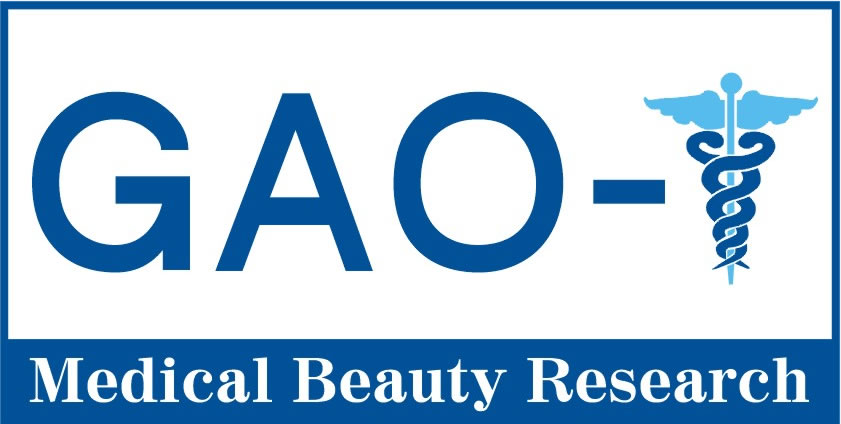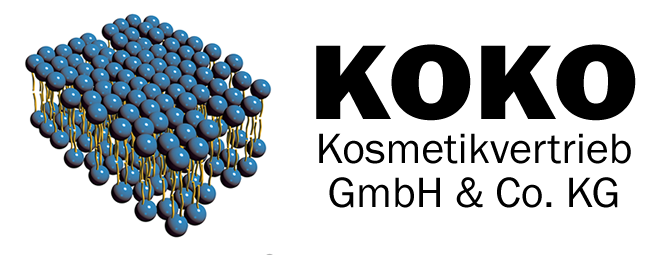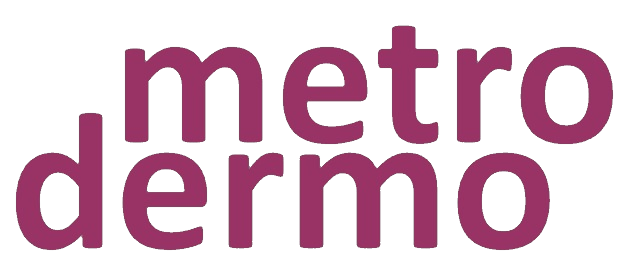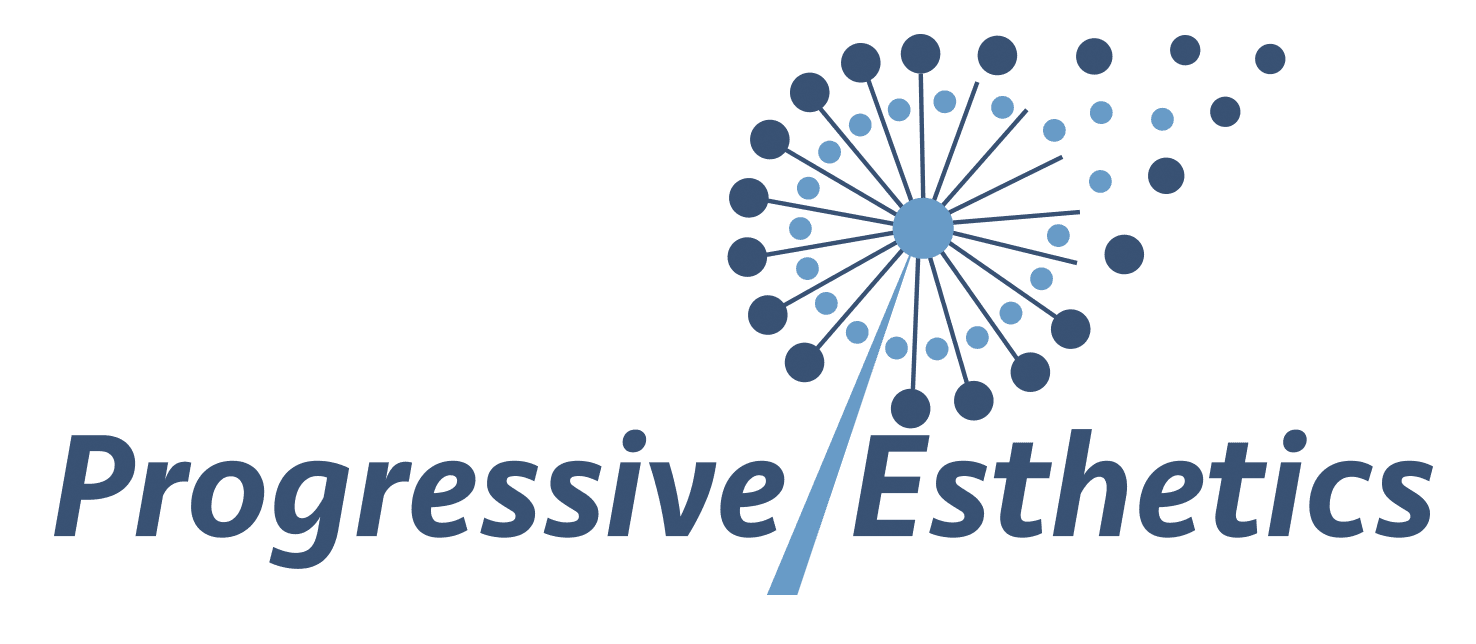
There are a wide variety of treatments available to the skin treatment therapist, but not all follow the principles of Corneotherapy.
If any skin treatment professional is promoting themselves as a competent Corneotherapist, they should be knowledgeable about the modalities that work AGAINST the principles of Corneotherapy.
We know that one of the core principles of Corneotherapy is maintaining the integrity of the first three lines of skin barrier defence as much as practicable, and any modalities that disregard this core value are evidently outside these Corneotherapy principles.

Ablative laser treatments
These laser treatments target the chromophore of water and are clearly non corneotherapeutic, as they create rapid heating causing tissue vaporisation.
These types of ablative resurfacing of the epidermis results in wounding processes that can take months to heal. Various complications can also arise with ablative lasers including hypopigmentation, hyperpigmentation, scarring, prolonged erythema, and infection.
Even the newer technologies such fractional laser whereby areas of skin are spared resulting in faster healing still have a degree of epidermal and dermal tissues removed, and so these types of lasers are not considered to be Corneotherapeutic.

Plasma Skin Regeneration (PSR) using Handpieces and Pens
These skin regeneration modalities use the fourth state of matter, plasma to create thermal energy.
Unlike lasers, PSR not depend on a chromophore, as the conversion of nitrogen to plasma energy creates the thermal effect. Despite the device not contacting the skin surface, the energy released to the tissue creates zones of thermal damage and thermal modification.
While the skin is left intact, the barrier is compromised as the heating removes oxygen and desiccates tissues. The epidermis becomes necrotic and consequently non-viable.
The degree of thermal damage produced by PSR is dependent on the amount of energy used, and can affect the upper layers of the dermis by thermally denaturing collagen.
Targeted treatments using a pen type devices do offer selective application and therefore can limit the area effected, however the barrier of the treated areas are still compromised.
PSR is considered non-corneotherapeutic as it causes extensive moisture loss, making the barrier permeable to external stressors.

Dermaplaning
This modality is also known as epidermal levelling, blading or microplanning and is a relatively newer treatment that involves physically removing the stratum corneum with scalpel held at a 45° angle to the skin surface.
Dermaplaning is purported to be a treatment suitable for all skin types to address concerns such as acne scars, wrinkles, dry and dull skin. The information regarding Dermaplaning however appears to be purely anecdotal with no current evidence-based research or independent trials being conducted at this time.
Because of the action of Dermaplaning on the epidermis there would be contraindications when treating an active, cystic or pustular acne, or a client with polycystic ovaries where the chances of stimulating vellus hair to become terminal hair is high.
Until sufficient evidence-based outcomes have been documented and independently verified, Dermaplaning is not considered a corneotherapeutic treatment.

Microdermabrasion & Dermabrasion
These modalities mechanically remove not only corneocytes, but all upper layers in the upper stratum corneum including the microbiome; disrupting the first three lines of skin barrier defence which leads to a significant increase in trans-epidermal water loss.
Diamond tips aggravate the skin further and the waste removal suction action used increases vascularity, resulting in erythema on the skin. Advocates often promote this action as beneficial, however the accompanying compromised barrier and injured skin stimulate the wound healing response to happen. The skin heals by re-epithelisation and the recovery of the barrier can take a minimum of seven days.
Knowledgeable skin treatment professionals understand this modality is not recommended unless there is a specific purpose for the outcome, and a comprehensive wound healing plan is in place.
It should never be offered as an elective treatment and is not considered to follow any of the principles of Corneotherapy.

Chemical peels
Unlike enzymes which are proteolytic, most chemical peels use acids and are keratolytic, which means that the chemical has the action of loosening desmosomes and corneodesmosomes which are the physical bonds that hold the keratinocyte and corneocyte in place.
Chemical peels are considered a resurfacing treatment that involve the application of a chemical compound or a combination of chemicals to the skin; most of which are far more acidic than the skins natural barrier and microbiome. Some, such as Trichloroacetic acid (TCA) could be considered corrosive when used without expertise.
Chemical peels are organised into three classifications according to their depth of penetration:
• Superficial depth peels: removal of epidermal layers without extending beyond the basal layer.
• Medium depth peels: penetrates the epidermis and reaches the upper dermal layers to the papillary dermis.
• Deep peels: reaches the mid-reticular dermis.
In addition to removing the first three lines of skin barrier defence, peels used in dermatologic and cosmetic products are usually synthetic and have no physiologically compatible properties that would make them tolerable to the skin’s metabolic function. Some peels can be comedolytic, and this action can exasperate the destruction of intercellular lipids and lead to post treatment lipid dryness, and a slow to recover barrier defence system.
As the structural integrity of skin relies heavily on intercellular adhesions for cell-to-cell connection and communication, (these adhesions allow epithelial cells to sense signals and communicate with one another) for the most part, chemical peels could be considered destructive rather than beneficial.
Because the first three lines of skin barrier defence, and in many cases the upper layers of the epidermis down to the dermis are affected, Chemical peels of all varieties are not considered Corneotherapeutic.
Want to learn more about Corneotherapy? Check out our "Understanding Corneotherapy" course.

